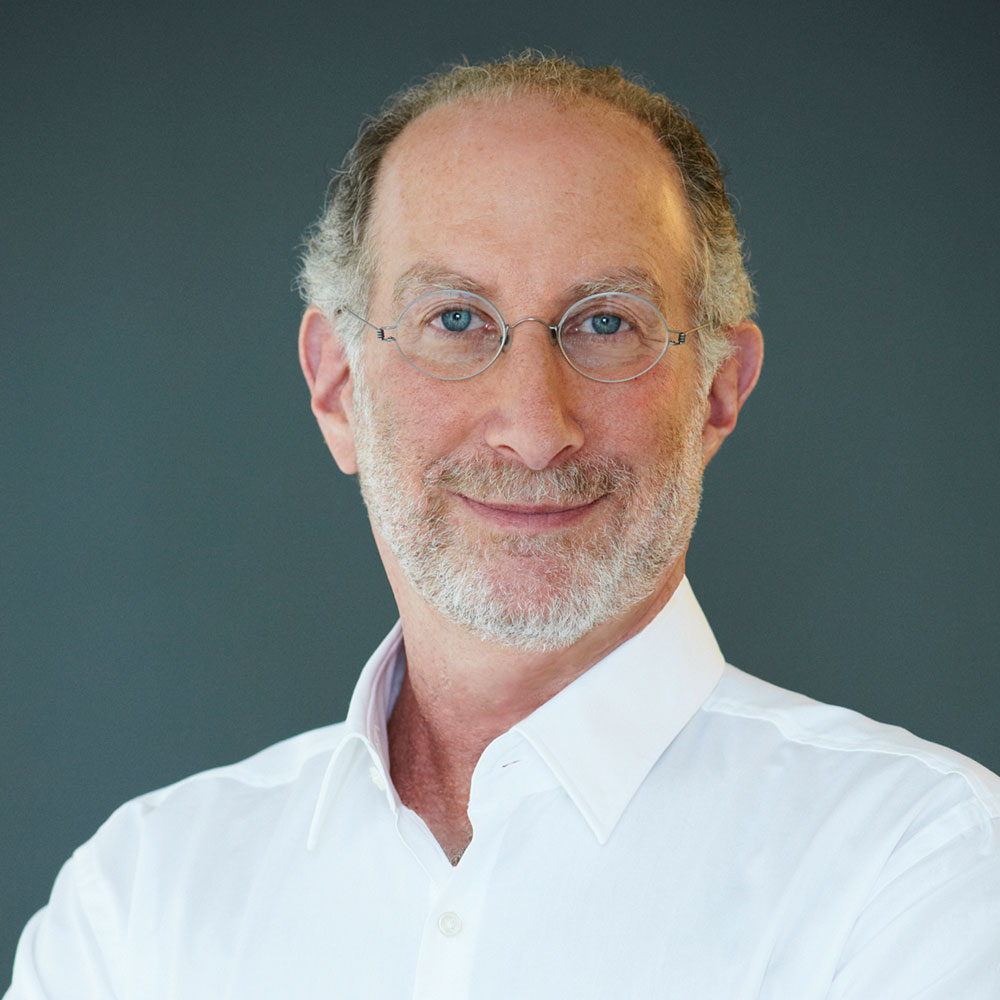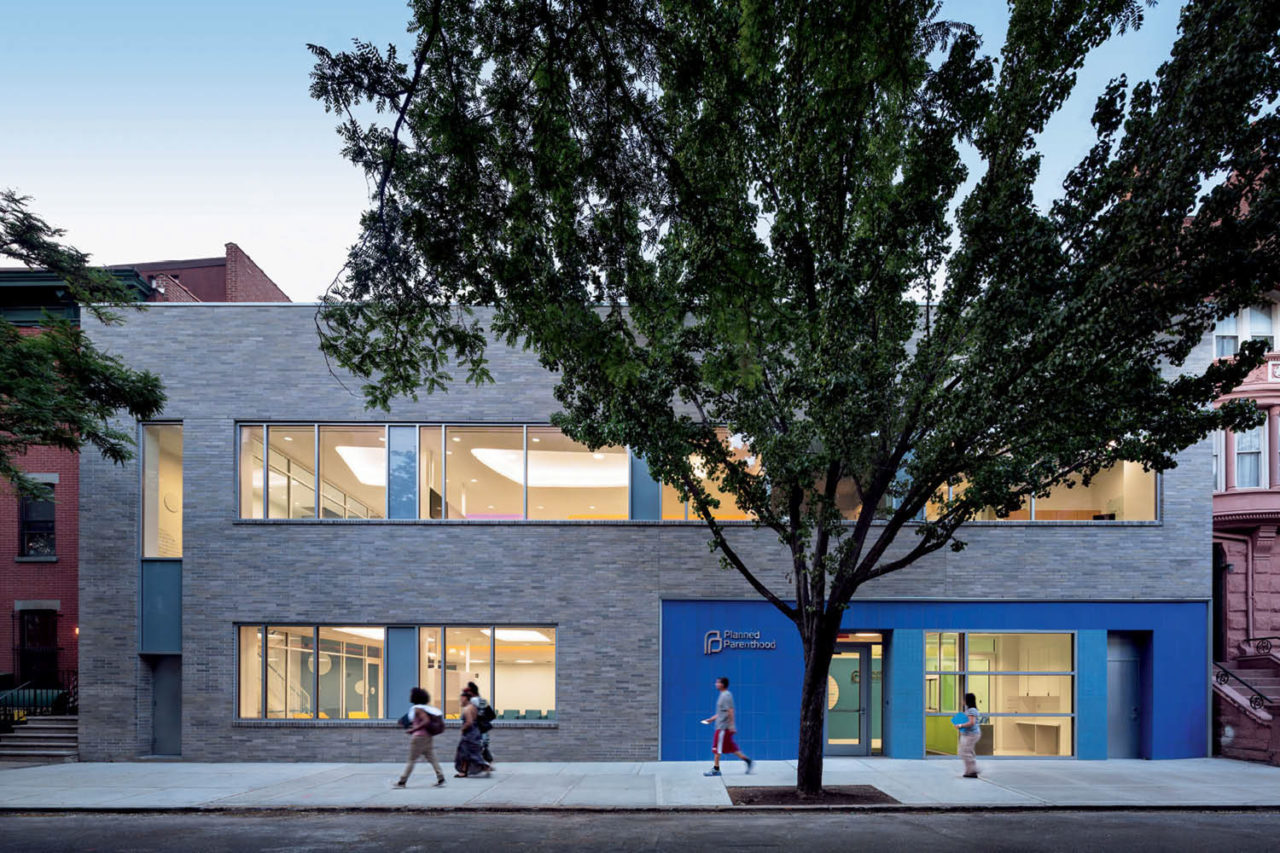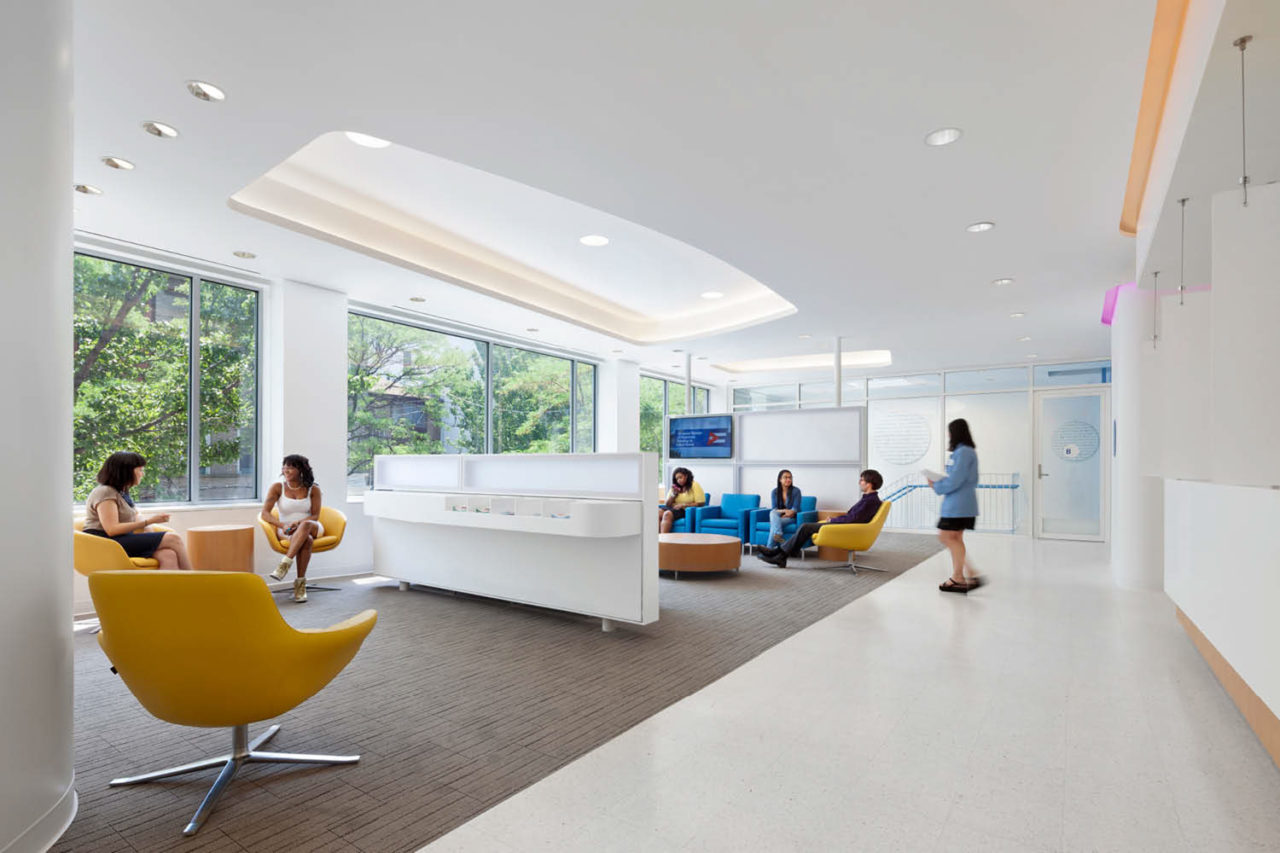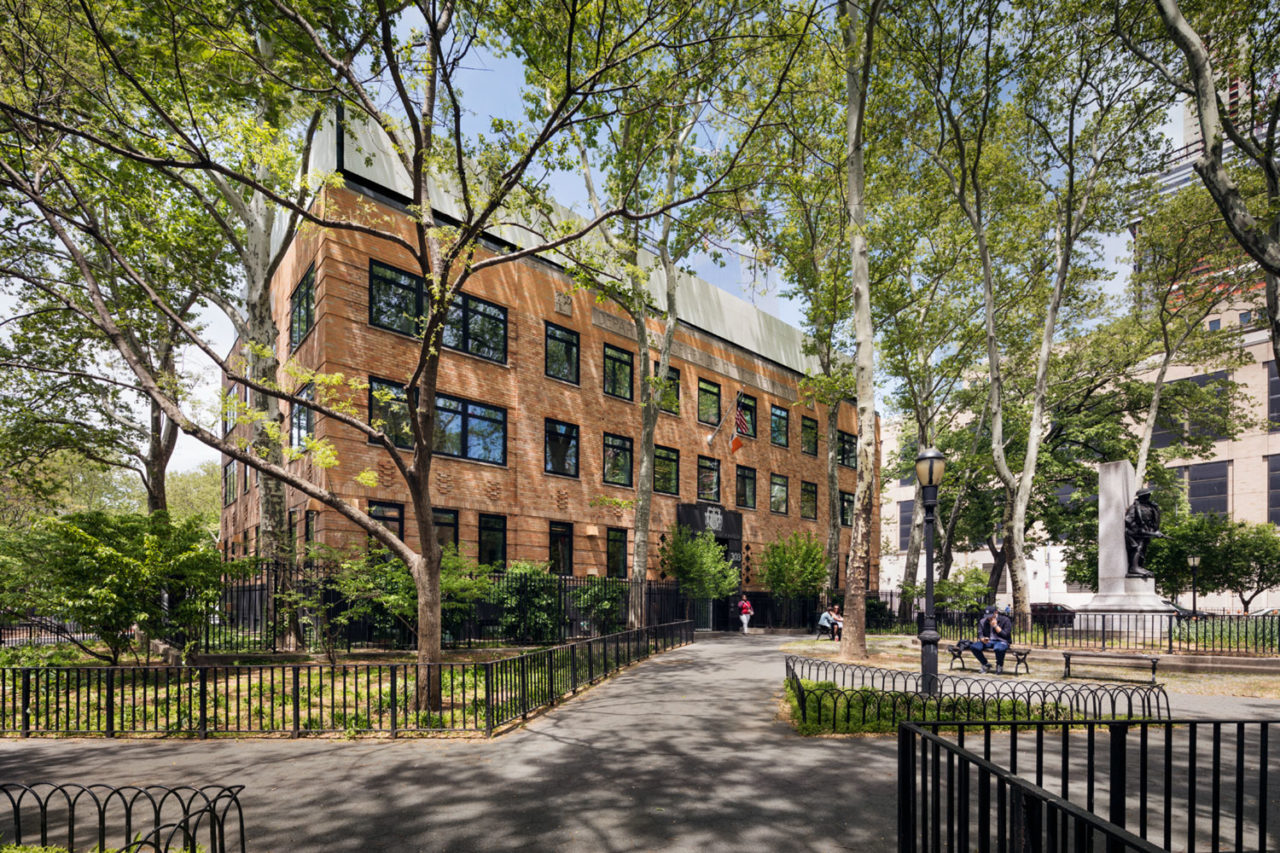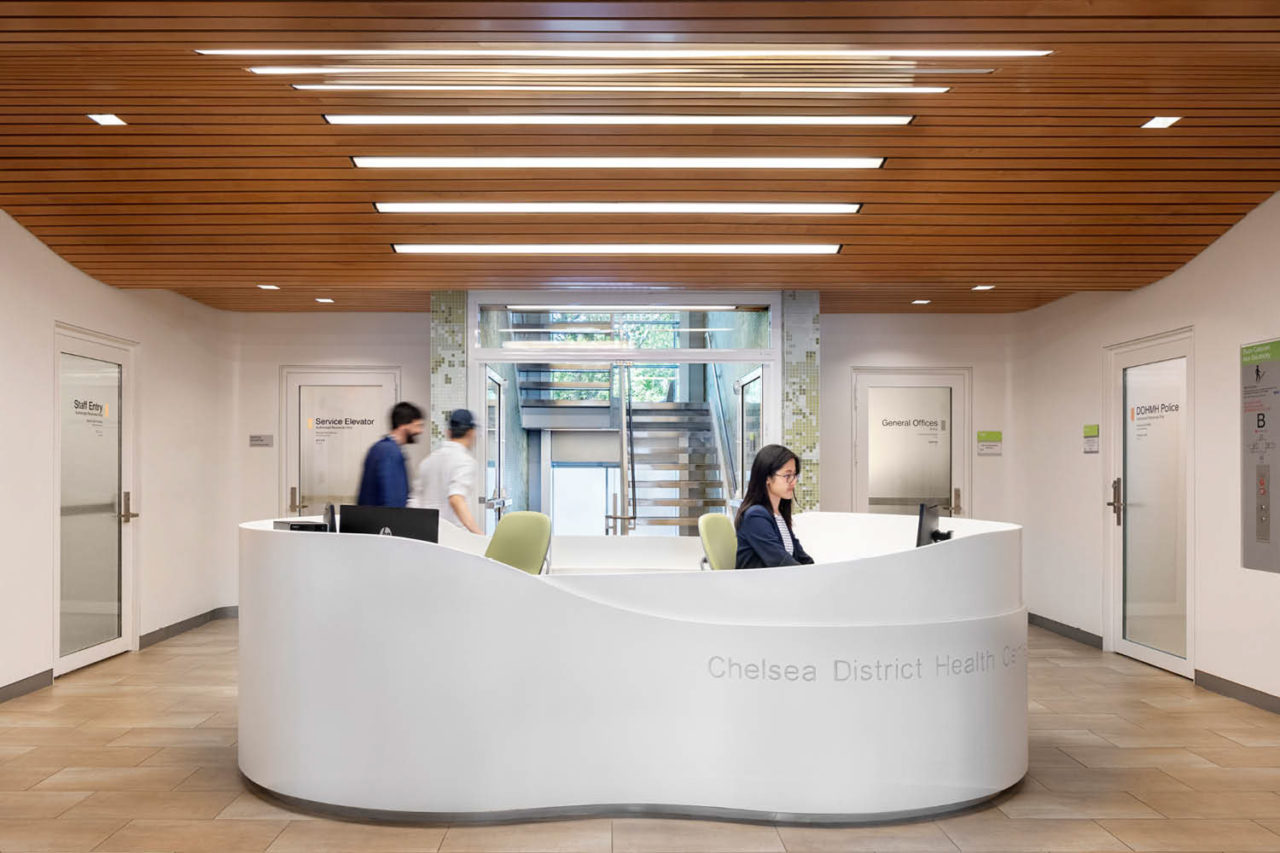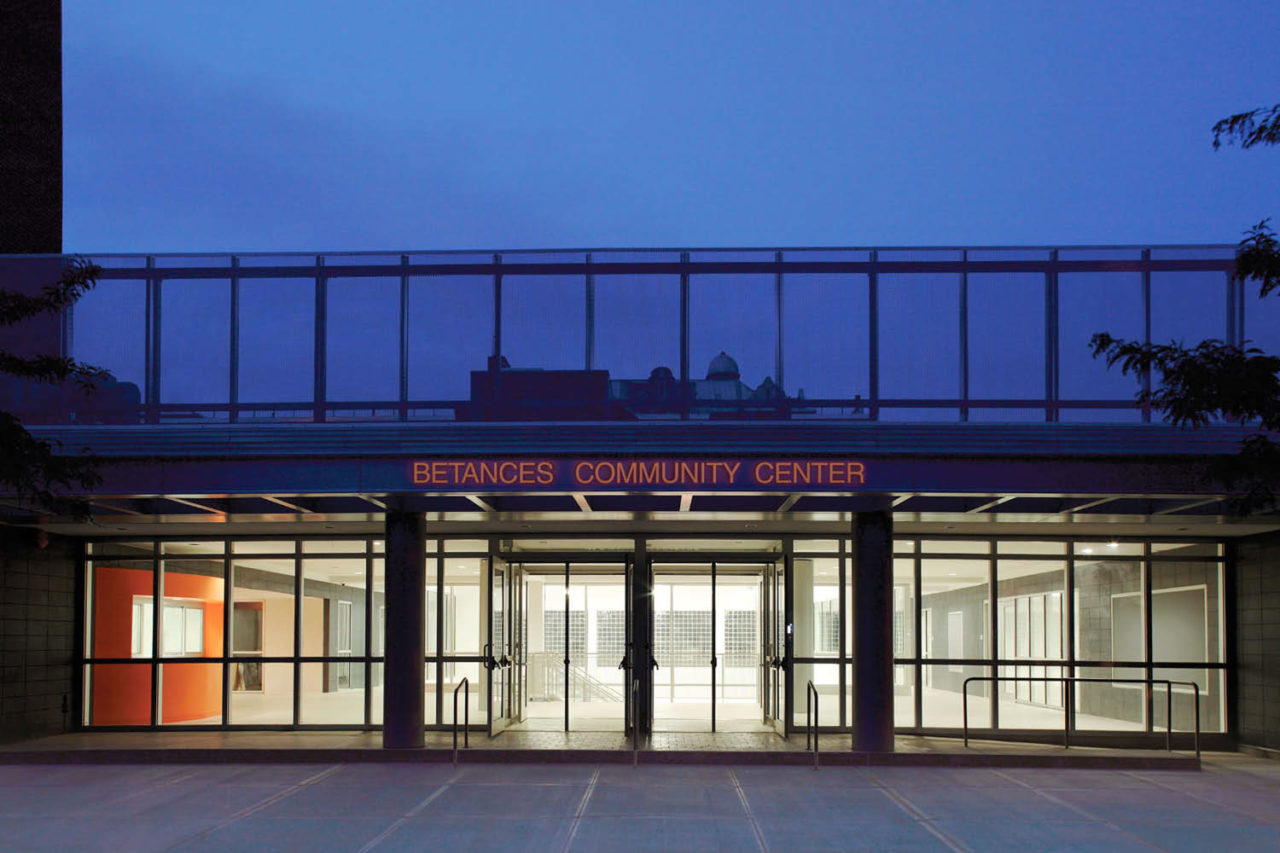by: AIA New York
Stephen Yablon, FAIA, LEED AP, has had a national impact in the design of community healthcare facilities, as well as other projects for the underserved, by bringing design excellence and refinement to these often overlooked facilities. As the Principal and Founder of Stephen Yablon Architecture, he has focused his 25-year-old practice on contemporary architecture that creates memorable places, reflects client identity and the unique features of each site, and enables people to thrive in the future. By using design excellence to elevate these buildings and spaces, his projects have resulted in increased use, improving the health of patients and their communities. Yablon’s work has received international recognition, including numerous awards, exhibits, publications, and invitations to speak about the relationship between high-quality architecture and wellness.
This year, the Jury of Fellows of the AIA elevated Yablon to its prestigious College of Fellows in the second category of Fellowship, which recognizes architects who have made efforts “To advance the science and art of planning and building by advancing the standards of architectural education, training, and practice,” according to the organization’s definition. Only three percent of the AIA’s membership is distinguished with Fellowship, and Yablon’s formal investiture will be held at a future AIA Conference.
Q: What is influencing your work the most right now?
A: I have become increasingly interested in the role of architecture in creating a truly multicultural society. This is a direct result of conversations we have had with many of our clients who are addressing the needs of their increasingly diverse communities. It involves understanding how architecture has been used to exclude certain people in the past and how it can be a tool to make places more inclusive in the future. There are plenty of examples of architects taking a dominant style, whether Roman, Beaux Arts, or International Style, and incorporating elements of the local vernacular. The challenge of incorporating many traditions is a relatively unexplored territory. For eons, artists and musicians have combined elements from wildly different cultures and created new expressions. It feels like an interesting and timely direction for architectural exploration.
Q: How/why did you decide to pursue architecture?
A: While growing up in Charleston, South Carolina, I always drew and played music. When I was 12, my parents built a ranch house and I started sketching house plans. But I didn’t know any adult who made a living in the arts or architecture and all my friends were going to become lawyers, doctors, or business people. During my freshman year at Washington University, I walked into the dorm room of an architecture student and it was filled with drawings and models. I had no idea you could have a career doing something like this. The following week I started begging the dean of the architecture school to let me into the next year’s class. I must have worn him down and he finally admitted me, despite my lack of portfolio. During my first year, I spent a lot of time in the Maki-designed Art and Architecture library and became obsessed with the Japanese Metabolists. I was beyond excited that architecture could be connected to social change.
Q: What are some of your favorite recent projects that you’ve worked on?
A: I am particularly proud of our recently completed renovation and restoration of the historic Chelsea Health Center in Manhattan, which was awarded a 2020 National Preservation Award by the National Trust for Historic Preservation. About to start construction later this year is the first phase of our transformation of a 165,000 sf CUNY building in Crown Heights, Brooklyn that includes an athletic center. For a long time client, a global investment firm, we’re just completing an expansion of their NYC headquarters which will be a new design direction for the company. We’ve been working with Planned Parenthood for many years. After completing their new facility in Queens, we are bringing the same clinical and aesthetic approach to new clinics in the Bronx and Brooklyn, both of which are close to completion. Lastly, we’re excited to be starting a couple of residential projects: renovations and additions to a house and studio once owned by Elaine DeKooning in East Hampton and a new townhouse in the historic center of Charleston.
Q: What do you see as an architect’s role—and responsibility—within our culture?
A: The last four years have been stressful to say the least. However, more than ever before, Americans have become more aware of the inequality in our society and the acute danger climate change poses to the world. There is no way these are going back in the bottle despite the efforts of a lot of reactionaries. Certainly for years many architects have been working to help make changes to how we live and work that will push us towards a more equitable, humane, and sustainable society. But now, with this recent heightened awareness, society may be more receptive to changes to how we live and work. Architects can play an even more important role in this future by creating new models for our built environment in everything—from workplaces to healthcare facilities, housing, and urban design.
Q: What are your greatest sources of inspiration?
A: Too many things! The architecture of my hometown, Charleston, S.C., Rome, Japan, Louis Kahn, Aalto, Neutra, and in recent years, Marlon Blackwell and David Adjaye. The writings of Kenneth Frampton. Visionary architecture: the Russian Constructivists, Yona Friedman (with whom I struck up a friendship when he was in his 90’s) and as I mentioned, the Japanese Metabolists. Almost any type of music from opera to R&B, minimalism, folk, Americana, and on and on. And finally, New York City: its diversity, creative energy, and neighborhoods. When I moved here in 1979, I felt like I had found home.
Editors’ Note: This feature is part of a series celebrating the members of the American Institute of Architects (AIA) New York Chapter who are elevated each year to the AIA College of Fellows, an honor awarded to members who have made significant contributions to both the profession and society. Learn more about Fellowship here.








